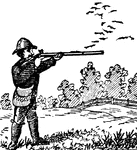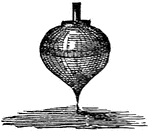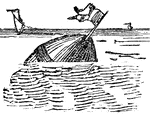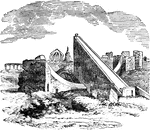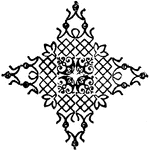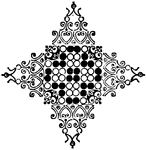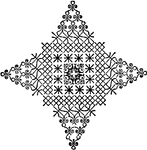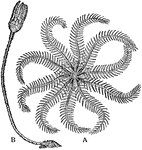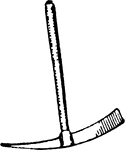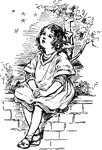Dummy
"dummies should be constructed in such a manner as to permit the execution of attacks wthout injury…

High Parry
"Raise the rifle with both hands high enough to clear the line of vision, barrel downward, point of…

Low Parry
"Carry the point of the bayonet down until it is at the height of the knee, moving the point of the…

True meridian
"The position of the true meridian may be found as follows: Point the hour hand of a watch towards the…
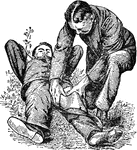
Femoral compression
"In bleeding from the thigh, leg, or foot press backward with the thumbs on the femoral artery at the…

Egyptian Glassblowers
"The form of the bottle and the use of the blow-pipe are unequivocally indicated; and the green hue,…

Pickax
A pick with a point at one end, a transverse edge or blade at the other, and a handle inserted at the…
Saber
A sword with a broad and heavy blade, thick at the back, and a little curved toward the point; a cavalry…

Pendelum
A body so suspended from a fixed point as to swing freely to and fro by the alternate action of gravity…

Parallelogram
"In the diagram, let AB and AC represent two forces acting upon the point, A. Draw the two dotted lines…

Hydrometer of constant weight
"As generally made, a hydrometer of constant weight consists of a glass tube near the bottom of which…
Telescope
"A telescope is an instrument designed for the observation of distant objects, and consists essentially…

Solenoidal magnet
"The polarity of the solenoidal magnet may be determined by holding it in the right hand so that the…
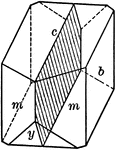
Symmetry plane
"A crystal has a center of symmetry if an imaginary line is passed from some point on its surface through…

Symmetry axis
"A crystal has a center of symmetry if an imaginary line is passed from some point on its surface through…
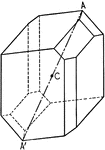
Symmetry center
"A crystal has a center of symmetry if an imaginary line is passed from some point on its surface through…
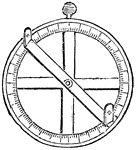
Astrolabe
"Originally used for any instrument used for observing stars; afterwards used for an instrument for…
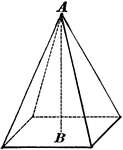
Pyramid
A pyramid is a solid whose base is a plan figure, and whose sides are triangles uniting at a common…

Cone
A cone is a solid whose base is a circle, and whose convex surface tapers uniformly to a point called…

Moth
Lepidopterous insects, which are distinguished from butterflies in that the antennae taper to a point…
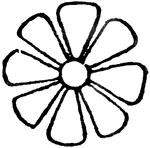
Rosette Design
A floral-shaped design which is said to resemble the "Star of Bethlehem," an early spring flower of…
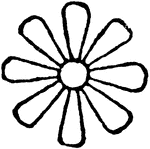
Rosette Design
A floral-shaped design which is said to resemble the "Star of Bethlehem," an early spring flower of…

Rosette Design
A floral-shaped design which is said to resemble the "Star of Bethlehem," an early spring flower of…
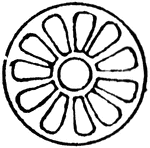
Rosette Design
A floral-shaped design which is said to resemble the "Star of Bethlehem," an early spring flower of…
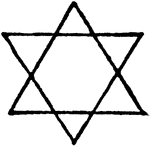
Star Designs
An emblem seen the world over in decoration, especially in synagogues. It is common in the Caucasian…
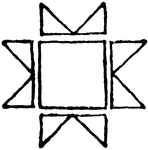
Star Designs
An emblem seen the world over in decoration, especially in synagogues. It is common in the Caucasian…
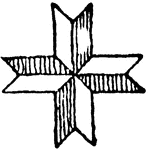
Star Designs
An emblem seen the world over in decoration, especially in synagogues. It is common in the Caucasian…

Pantheon
"The finest monument of this time is the Pantheon of Rome, first built about B.C. 27, which is one of…

Winfield Scott
A distinguished general, born in Petersburg, Virginia, June 13, 1786; died at West Point, New York,…
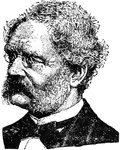
Ernst Siemens
The inventor of the telegraph that used a needle to point to the right letter instead of using Morse…

Starfish
A class of marine animals, which have a star-like body composed of a central disc extended into five…

Human Eye
This diagram shows a side view of the right eye of man. a.c., central artery; a.h., aqueous humor; b.,…

Rear Thigh Muscles
The muscles of the rear thigh. 1, fifth lumbar vertebra; 2, ilio-lumbar ligament; 3, crest of ilium;…

Siphon
"The action of the siphon illustrates the effect of atmospheric pressure. It is simply a bent tube having…

Compasses
"The compasses, next to the T square and triangles, are used more than any other instrument. A pencil…
Compasses
"The compasses, next to the T square and triangles, are used more than any other instrument. A pencil…
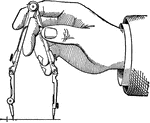
Compasses
"The compasses, next to the T square and triangles, are used more than any other instrument. A pencil…
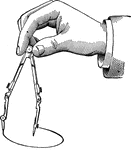
Compasses
"The compasses, next to the T square and triangles, are used more than any other instrument. A pencil…
